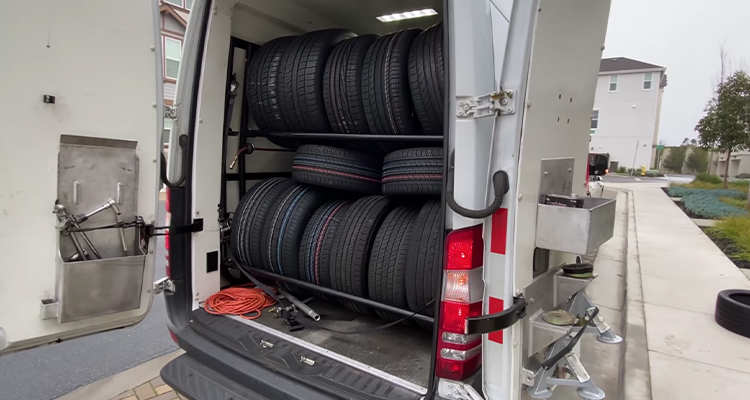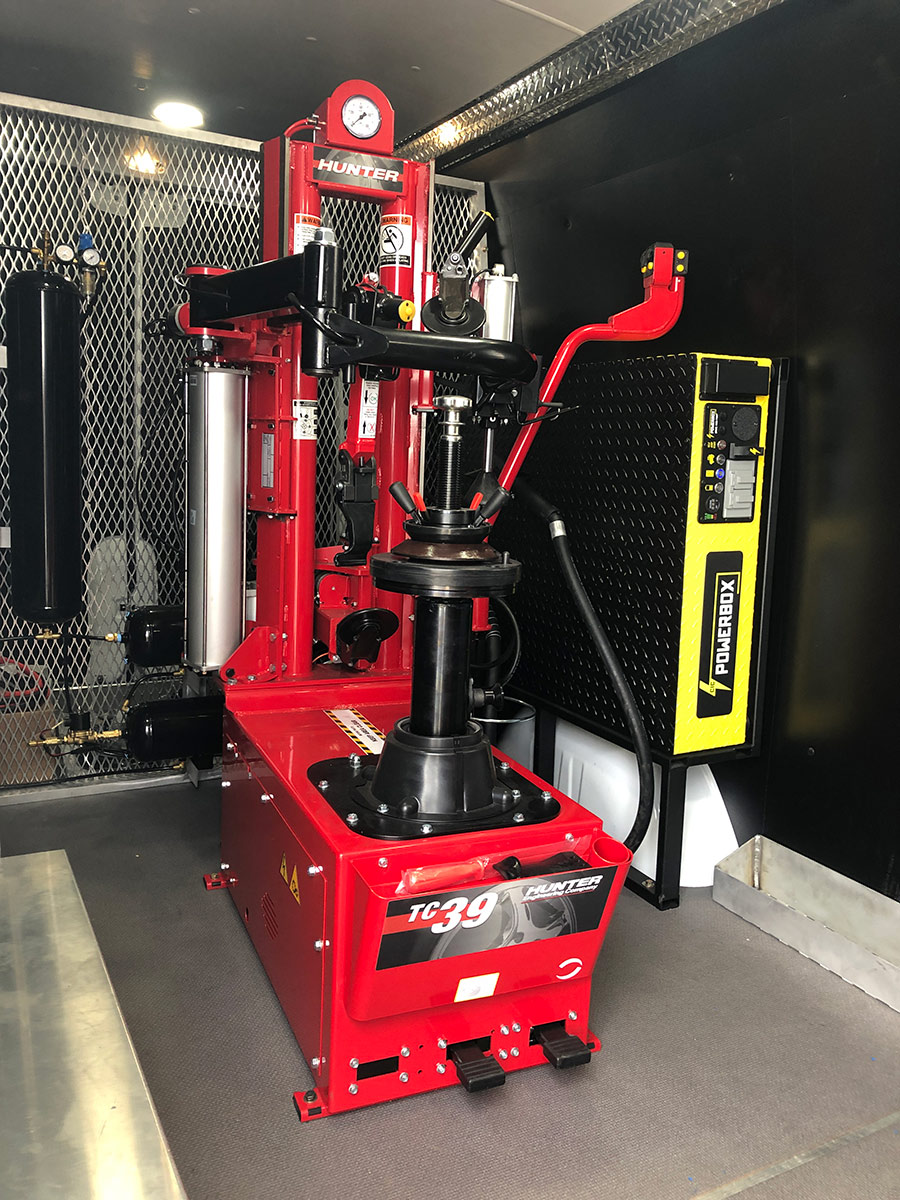Tire Service: Proven Approaches for Optimal Tire Maintenance and Care
Preserving optimal tire problem is critical for both safety and efficiency of any kind of lorry. From making sure correct tire stress to regular rotation and alignment, there are proven approaches that can significantly extend the lifespan of your tires and enhance total driving experience. As we discover the complexities of tire care and maintenance, we will certainly discover necessary standards that every lorry proprietor should stick to for the ideal feasible outcomes. Allow's dig right into the globe of tire solution and uncover the tricks to keeping your tires in excellent shape for the long run.
Importance of Tire Pressure
Ample tire stress advertises better gas efficiency, as under-inflated tires can lead to boosted rolling resistance, causing the engine to work more difficult and eat more gas. Appropriate tire stress makes certain also step wear, enhancing tire durability and conserving cash in the lengthy run by postponing the need for early substitutes. Regularly inspecting and changing tire pressure, particularly in the past lengthy trips, is a simple yet effective method to improve automobile efficiency, extend tire life expectancy, and prioritize safety and security on the roadway.
Tire Turning Standards
When considering tire rotation guidelines, it is important to comprehend the relevance of this upkeep job in making the most of tire life expectancy and preserving ideal automobile efficiency. Tire rotation involves altering the position of each tire on a car to guarantee also step wear. Front tires often tend to wear faster than back tires as a result of steering pressures, making normal turning vital for well balanced wear patterns. The recommended turning pattern varies relying on whether a vehicle is front-wheel, rear-wheel, all-wheel, or 4x4. Typically, tires need to be rotated every 5,000 to 7,500 miles, or as advised in the lorry guidebook. Overlooking tire rotation can bring about unequal wear, affecting handling, grip, and possibly compromising lorry safety and security. By sticking to proper turning guidelines, drivers can prolong the life of their tires, improve gas efficiency, and improve general driving experience. Normal turning is an easy yet effective upkeep practice that contributes considerably to tire durability and automobile efficiency.

Advantages of Wheel Placement
Ensuring appropriate wheel positioning after tire turning is critical for preserving balanced wear patterns and optimizing car efficiency. Wheel placement refers to the change of the angles of the wheels to the manufacturer's specs. Among the key advantages of wheel alignment is improved handling and steering action. When the wheels are correctly straightened, it minimizes guiding effort, making sure a smoother and more controlled driving experience. Furthermore, proper wheel positioning aids to prolong the lifespan of your tires. Misaligned wheels can cause unequal tire wear, causing premature tire substitute and enhanced maintenance prices.

Tire Tread Deepness Inspect
Performing a normal inspection of tire tread depth is vital for preserving secure driving problems and extending the life expectancy of your tires. The step on your tires plays a crucial function in providing traction, especially in damp or slippery conditions. To check your tire step depth, you can use a tread deepness gauge or the penny test. The advised tread deepness is at least 2/32 of an inch. It is time to change your tires to ensure optimal efficiency and security on the roadway if the tread deepness is listed below this limit. Unequal tread wear can indicate problems with tire stress, suspension, or placement, highlighting the significance of routine step depth checks. Ignoring to keep track of and preserve correct tread deepness can lead to lowered hold, longer braking distances, and an enhanced risk of hydroplaning. By integrating tire walk depth checks into your routine upkeep schedule, you can drive Recommended Reading with self-confidence knowing that your tires are in leading problem.
Seasonal Tire Evaluation
An extensive analysis of tire problem tailored to particular weather is vital for preserving optimal efficiency and safety and security throughout the year. Seasonal tire examination is a fundamental element of tire upkeep that makes sure tires prepare to encounter the difficulties postured by different weather. In prep work for winter months, it is vital to check the tire pressure frequently as cold temperature levels can cause tire pressure to drop. Evaluating tire tread deepness is additionally vital to ensure sufficient grip on snow and frozen roadways. In addition, looking for indications of wear and tear, such as bulges or fractures, can help avoid possible tire failings. As the seasons adjustment, it is essential to examine tire problem and make any essential adjustments to assure risk-free driving. By conducting routine seasonal tire assessments, vehicle drivers can prolong tire life expectancy, improve fuel efficiency, and most significantly, guarantee a secure driving experience in differing climate problems - Mobile Tire Repair Las Vegas.
Final Thought
Finally, maintaining proper tire pressure, rotating tires on a regular basis, lining up wheels properly, keeping track of step deepness, and performing seasonal examinations are vital practices for ideal tire treatment. By adhering to these verified approaches, drivers can guarantee their tires last longer, do much better, and add to total automobile safety. It is very important to prioritize tire upkeep to avoid accidents, improve fuel performance, and extend site web the life expectancy of tires.
Appropriate tire pressure promotes much better fuel effectiveness, as under-inflated tires can lead to raised rolling resistance, triggering the engine to work more challenging and consume even more gas.When considering tire rotation guidelines, it is essential to understand the significance of this upkeep job in maximizing tire life expectancy and maintaining ideal lorry performance. Seasonal tire assessment is a basic element of tire maintenance that ensures tires are all set to face the obstacles posed by various weather condition problems. By performing routine seasonal tire inspections, chauffeurs can extend tire life expectancy, boost gas performance, and most significantly, ensure a safe driving experience in differing climate problems.
In conclusion, maintaining correct tire pressure, turning tires regularly, straightening wheels properly, keeping an eye on walk deepness, and conducting seasonal evaluations are important practices for optimum tire care.